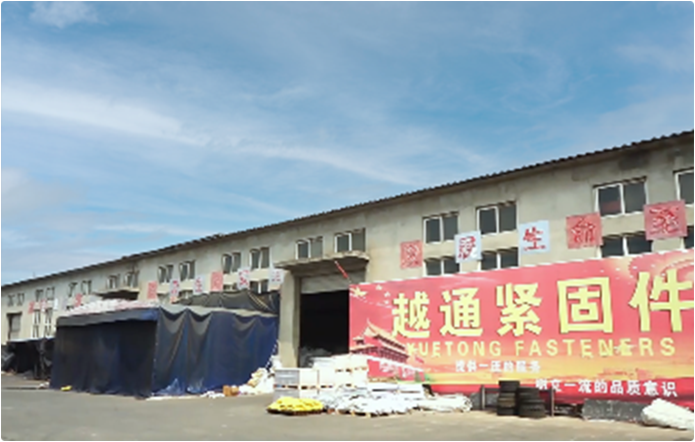Nov . 05, 2024 00:55 Back to list
tiny screws
The Unseen Heroes Understanding Tiny Screws and Their Impact on Technology
In the vast world of engineering and manufacturing, some components receive much more attention than others. While massive engines, cutting-edge sensors, and innovative designs often steal the spotlight, an unsung hero quietly plays a crucial role in making them all work tiny screws. These small fasteners may seem insignificant, but they are the backbone of countless devices, machinery, and structures that we rely on every day.
The Importance of Tiny Screws
Tiny screws, often measuring just a few millimeters in length, provide essential functionality in a multitude of applications. Their primary job is to hold components together, ensuring structural integrity and stability. From smartphones and laptops to automobiles and household appliances, tiny screws are everywhere. The effectiveness of any assembly, whether simple or complex, can largely depend on the quality and design of these fasteners.
1. Precision Engineering One of the most critical aspects of tiny screws is their role in precision engineering. In industries where tolerances are tight, screws must be not only small but also manufactured to exact specifications. The advent of CNC (Computer Numerical Control) machining has allowed for unprecedented precision in the production of screws, ensuring they fit perfectly into every crevice and hold components securely.
2. Material Selection Tiny screws are made from a variety of materials, each chosen for its unique properties. Stainless steel is a popular choice due to its corrosion resistance and strength, while titanium screws are prized for their lightweight and high strength-to-weight ratio. The material used can significantly impact the overall performance of the device or structure, making it imperative for engineers to select the right type of screw for each specific application.
3. Variety of Types Not all screws are created equal. There are numerous types of tiny screws, including flathead, Phillips, hex, and torx, each designed for specific applications. The choice of screw can affect how easily it can be installed and removed, as well as how much torque can be applied without risking damage to the surrounding materials. This variety allows engineers to customize their designs to meet unique requirements, thereby enhancing functionality and performance.
Tiny Screws in Modern Technology
As technology advances, the demand for smaller and more efficient components has grown. Tiny screws are adapting to this shift. In smartphones, for example, tiny screws hold together delicate components while occupying minimal space. This capability allows designers to create slim, lightweight devices without sacrificing durability or performance.
tiny screws

1. Consumer Electronics In consumer electronics, tiny screws ensure that circuit boards remain securely fastened, preventing any movement that could lead to damage. The precision with which these screws are manufactured directly affects the reliability of the entire device. A loose screw could mean the difference between a functioning gadget and a costly repair.
2. Aerospace and Automotive Applications In aerospace and automotive industries, the reliability of tiny screws is even more critical. Here, they are subjected to extreme pressures and conditions. The materials and designs of these screws are meticulously tested to ensure they can withstand factors such as temperature fluctuations, vibrations, and mechanical stress over time.
3. Medical Devices Tiny screws are also fundamental in the medical field, where they are used in devices such as pacemakers, surgical instruments, and diagnostic equipment. These screws must be manufactured to the highest standards to ensure safety and efficacy, as any failure can have serious consequences for patients.
The Future of Tiny Screws
As we continue to innovate and develop new technologies, the role of tiny screws will remain indispensable. With the rise of smart devices and the Internet of Things (IoT), which require even more compact and intricate designs, engineers and manufacturers will need to explore new materials and fastener designs to meet these challenges.
Moreover, advancements in 3D printing technology could revolutionize the production of tiny screws, allowing for customized designs tailored to specific applications. This could lead to further improvements in efficiency, cost-effectiveness, and performance.
Conclusion
Tiny screws may seem like mere afterthoughts in the grand scheme of technology and engineering, but their importance cannot be overstated. They are the silent champions behind the scenes, ensuring that everything works seamlessly together. As we move forward into an increasingly complex technological landscape, we must not forget the crucial roles played by these small yet mighty components. Their future is intertwined with advancements in engineering, materials science, and manufacturing processes, promising to keep them at the forefront of innovation for years to come.


